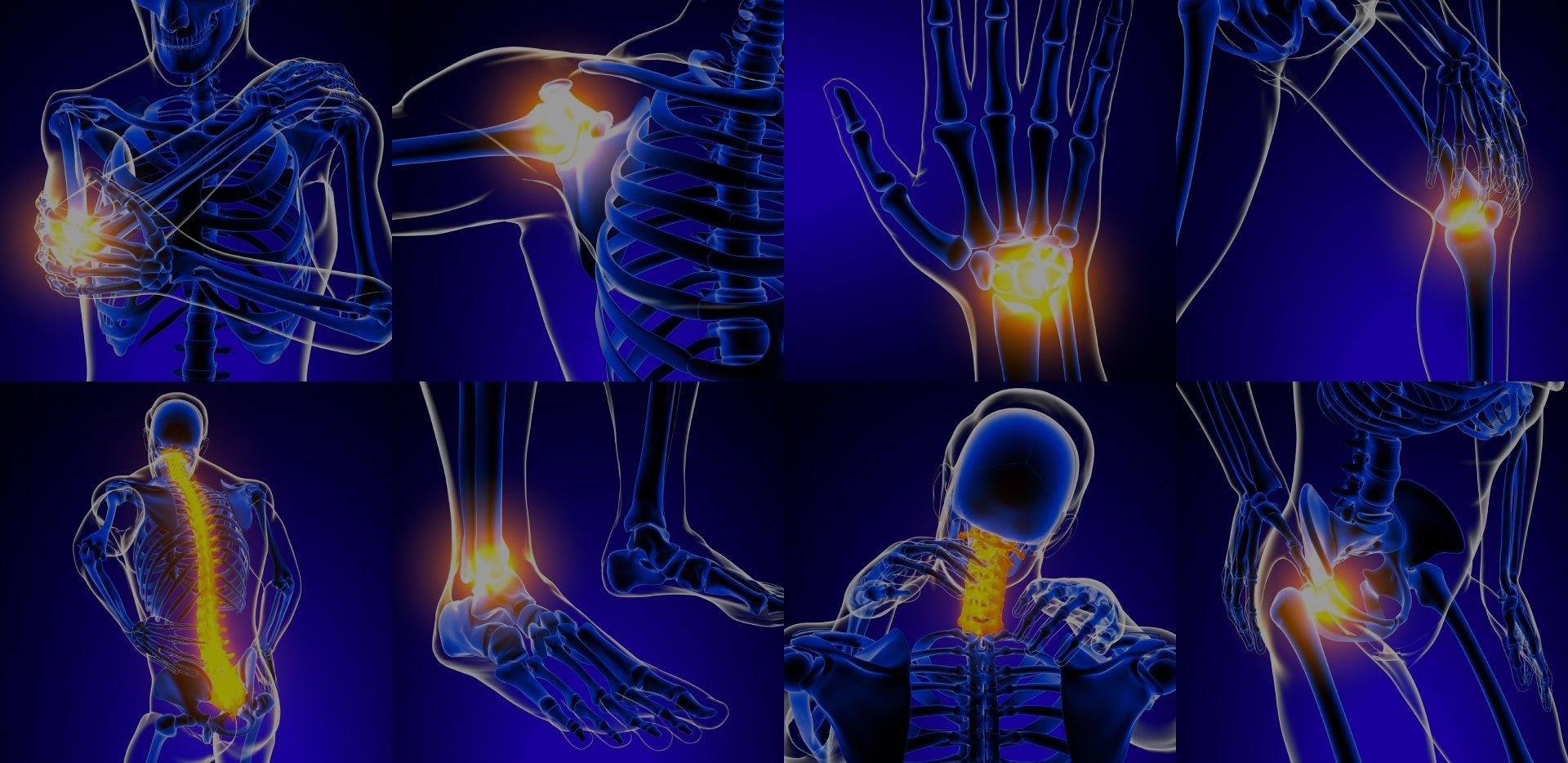How to Know If You Have Bursitis

Bursitis is a common yet often misunderstood condition that can cause pain and limit mobility in various areas of the body. Bursae are small, fluid-filled sacs located near joints that act as cushions, reducing friction between bones, tendons, and muscles. When these bursae become inflamed, the resulting condition, known as bursitis, can lead to significant discomfort and interfere with daily activities. At Allied Pain & Spine Institute in San Jose, CA, we specialize in diagnosing and treating bursitis to help our patients regain mobility and live pain-free.
Understanding Bursitis
Bursae are found throughout the body, with over 150 strategically placed around major joints, including the shoulders, elbows, hips, knees, and heels. Their primary role is to facilitate smooth movement and reduce pressure on joints. However, when they become irritated or inflamed due to repetitive movements, injury, or underlying conditions, they can cause pain and swelling.
Common causes of bursitis include:
- Repetitive Activities: Frequent motions, such as running, kneeling, or lifting, can put stress on the bursae and lead to inflammation.
- Injury or Trauma: A direct impact to a joint can trigger bursitis, leading to pain and limited function.
- Underlying Health Conditions: Conditions like rheumatoid arthritis, gout, or diabetes can increase the risk of developing bursitis.
- Aging: As we age, the bursae become more prone to irritation and inflammation due to wear and tear.
Signs and Symptoms of Bursitis
If you experience persistent pain near a joint, you may be wondering if bursitis is the cause. The most common symptoms to watch for include:
- Localized Pain: Affected joints often feel tender and achy, especially when touched or pressed.
- Swelling and Redness: Inflammation can lead to visible swelling and warmth around the joint.
- Stiffness and Limited Mobility: Bursitis can make it difficult to move the affected joint freely, impacting daily tasks and overall mobility.
- Increased Pain with Movement: Certain activities, such as bending, lifting, or walking, may worsen the discomfort.
- Pain While Resting: In severe cases, pain may persist even when the affected area is not in use.
If you notice these symptoms, it is essential to seek medical evaluation to confirm whether bursitis is the cause and to prevent further complications.
Diagnosis and Treatment Options
At Allied Pain & Spine Institute, our experienced team uses advanced diagnostic tools such as physical examinations, imaging tests like X-rays or ultrasounds, and thorough patient history evaluations to confirm bursitis.
Treatment options may include:
- Rest and Activity Modification: Reducing strain on the affected joint allows the bursae to heal.
- Medications: Anti-inflammatory medications can help reduce pain and swelling.
- Physical Therapy: Strengthening exercises and mobility techniques can restore function and prevent a recurrence.
- Corticosteroid Injections: These provide targeted relief for persistent inflammation.
- Minimally Invasive Procedures: In severe cases, draining the fluid from the bursae may be necessary.
Seek Relief from Bursitis Today
If you are experiencing symptoms of bursitis, don’t let it affect your quality of life. At Allied Pain & Spine Institute in San Jose, CA, we provide comprehensive care to diagnose and treat bursitis effectively. Contact us today to schedule an appointment and take the first step toward pain relief and restored mobility.
Posted on behalf of Allied Pain & Spine Institute

